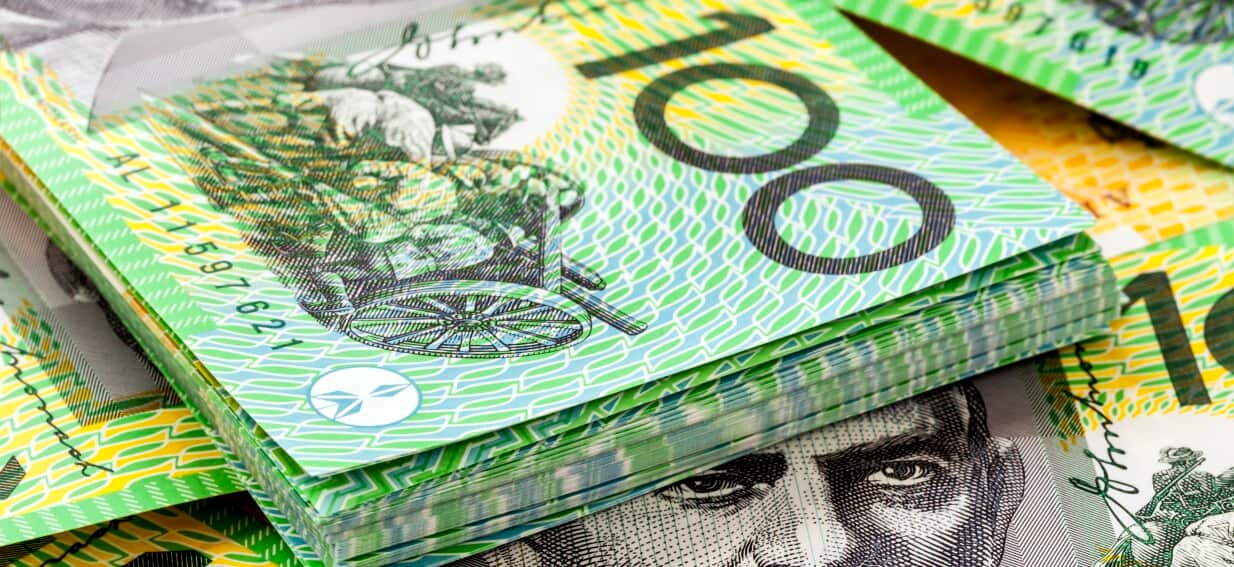Share this @internewscast.com

New findings from the Australian Bureau of Statistics (ABS) reveal that household wealth in Australia rose by 0.8 percent during the March quarter, bringing total assets owned by Australians to $17.3 trillion. This growth is primarily attributed to the appreciating value of residential land and buildings, which climbed by 1.2 percent, equal to an increase of $125.3 billion.
Where did wealth fall?
The interest rate cut in February, marking the first reduction since November 2020, benefitted not only those with existing mortgages but also increased property asset values for homeowners. According to AMP’s chief economist Shane Oliver, “The Australian housing market began reacting to February’s rate cut positively. Despite a slow January, house prices are once again on the rise.” He noted, “This trend favors those who already own houses and land, but poses challenges for potential buyers.”
The ABS has reported a decline in household superannuation balances for the first time since the September quarter of 2022, a consequence of global market uncertainties affecting share prices. Mish Tan, ABS head of finance statistics, explained, “Typical superannuation funds invest around 60 to 70 percent in shares. Thus, fluctuations in share prices impact the returns on these funds.”
Wealth among the wealthiest growing ‘much faster’
With the majority of Australia’s wealth in land and dwellings, it’s not surprising that wealth inequality manifests itself in housing — where a generational wealth divide has become more pronounced in recent decades.
In that same span of time, the rates of home ownership among Australians aged 25–29 declined from 50 per cent to 36 per cent.
Housing prices set to continue rising
“Right now, it looks like interest rates are heading lower, which will probably push up house prices and land prices further. So, I suspect that the housing component of residential wealth will see further gains through the remainder of the year,” he said.









